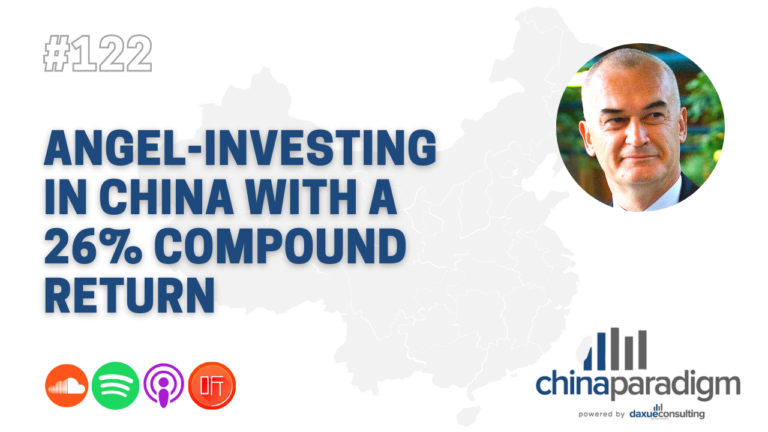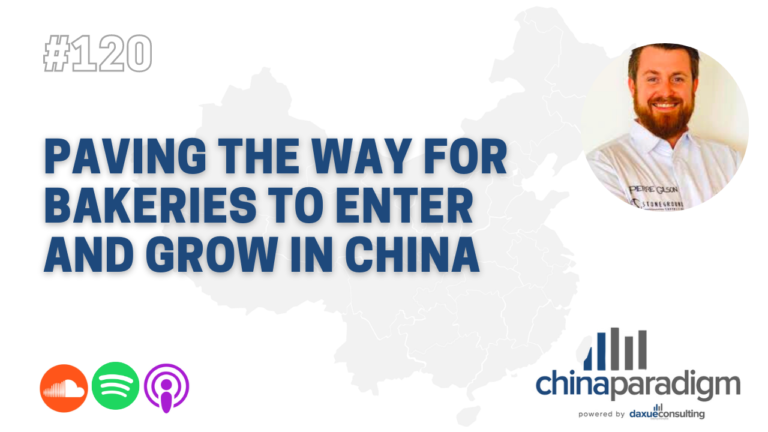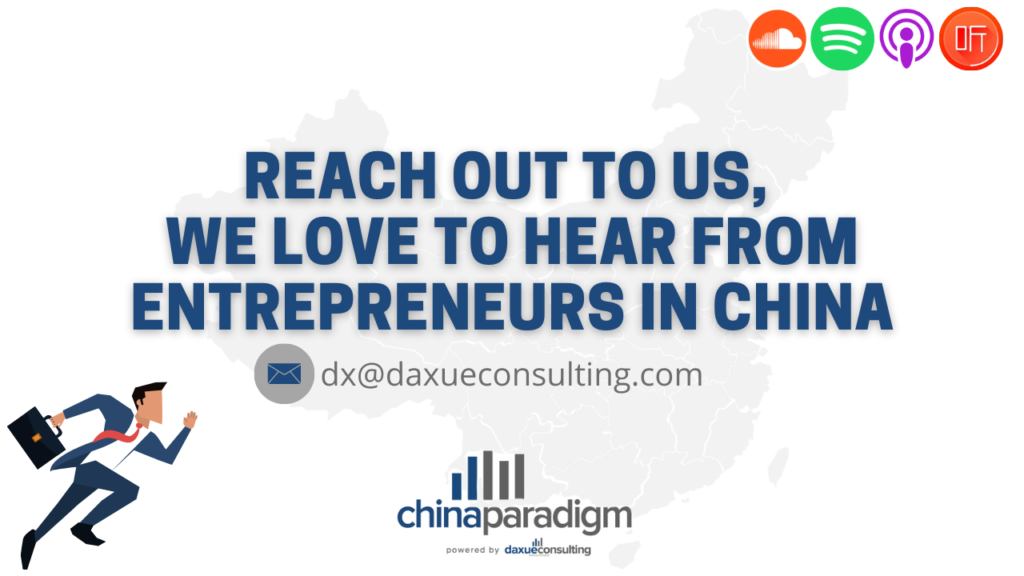Smartwatch manufacturing in China
China Paradigm interviewed Laurent Le Pen, a French entrepreneur specialist in the telecom industry and co-founder of Omate. He will share with us his story of how he leveraged from smartwatch manufacturing in China and developed a Wearable as a Service solution (WaaS) which is now sold in several countries.
Laurent Le Pen, from the telecom and mobile industry to smartwatch manufacturing in China
Laurent Le Pen firstly graduated from a Bachelor’s degree in international purchasing management and continued with a Master’s degree in sourcing and supply chain management in France. In 2005, Laurent Le Pen started his career path by working in the telecommunication and mobile industry, mainly as a buyer and sourcing manager, before becoming the vice president of a mobile phone company. But it is only a few years later, Laurent finally switched to the smartwatch manufacturing in China and began entrepreneurship journey.

After several years in China and more precisely in Shenzhen, Laurent Le Pen was aware of the growing opportunities in this leading global technology hub. He gradually thought about setting up a startup using all the latest technologies and applying them to the market that was at the initial stage of development. This finally led him to switch to smartwatch manufacturing in China where, in 2013, he co-founded Omate.
Well equipped with a background in telecom and mobile industry, it was almost an evidence for Laurent Le Pen to simply use his knowledge and skills to develop a WaaS solution from China. Moreover, from Laurent Le Pen’s point of view, this gave him even more legitimacy to move in smartwatch manufacturing in China and convince customers and manufacturers.
“They could see that we were really involved in the industry; in the mobile phone design industry. I was not like from the oil and gas industry and suddenly decided to do like smartwatch manufacturing in China. We were people who were already pretty involved in that environment. We had the credibility and I think that helped to gather some backers to sift out our product on Kickstarter at that time.”
A WaaS solution from China dedicated to people’s safety all around the world
At the very beginning, Omate was not what it is now and based on Laurent Le Pen, they pivoted a few times before creating what he calls now a WaaS solution from China. Indeed, in 2013, Omate was originally called ODOmate and was basically a sports watch. But at that time, while the smartwatch industry was just starting to expand, Laurent’s product was a real revolution since its technology allowed people to use it without connecting it over Bluetooth. This innovative and fully-independent product, possessing the same characteristics as its competitors and even more, progressively led Laurent Le Pen to call it ‘Wearable as a Service solution’.
Nevertheless, there is no doubt that even with such a promising product it is still pretty hard to compete with the major players like Garmin, Polar, or even Apple. To deal with this ODOmate became Omate and Laurent Le Pen decided to target a more specific audience by moving to a niche industry: the smart personal safety device market. Working with Android, this WaaS solution from China now specifically cares for seniors, lone workers and kids with emergency or preventive features such as an emergency button, a geolocation system or a communication tool.
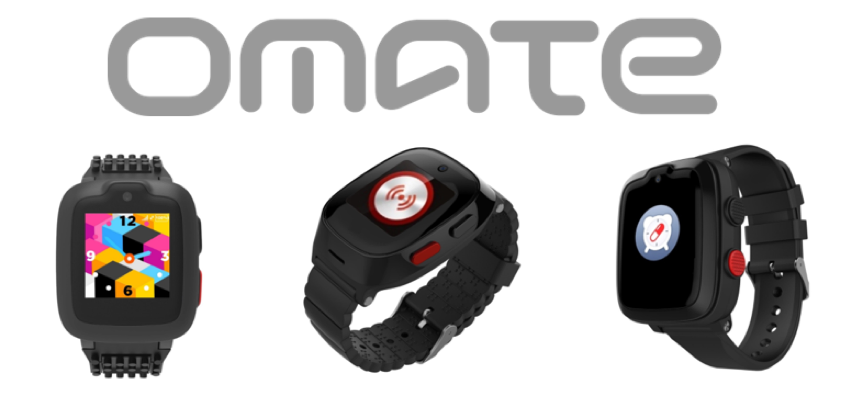
Although Omate has been developed in Shenzhen, this WaaS solution from China quickly conquered the whole world. Of course, raising funds through Kickstarter, a worldwide platform, inevitably helped to make it known abroad, and Omate is now available in almost all regions of the globe.
“[…] most of our business is in the US and Europe, especially for the seniors and lone workers and for the kids it would be more in Asia.”
The bright future of smart personal safety device market
As we just mentioned, during its development, Omate changed its vision to specialize in a more precise field: the smart personal safety device market.
Due to growing awareness of personal security, people are more and more looking for safety devices including, for instance, smart helmets, smartwatches and every personal and wearable device that prevents accidents and enhances user safety. All these tools and products are part of the smart personal safety device market.
In the last few years, this promising industry has continued to grow in terms of market size and is still expected to do so. According to market experts, out of more than $ 20 billion worldwide in 2017, it will reach nearly $ 50 billion in 2023, with an estimated annual growth rate of 13%.
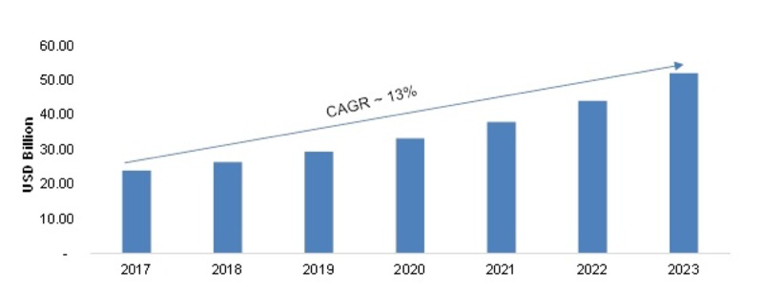
While North-America dominates the market and Europe is the second major player, Asia will, without a doubt, also become important.
It is true that the industry applies to all people but focuses more on two categories: kids and seniors. Yet, due to the aging crisis occurring in most Asian countries, especially in China, South Korea and Japan, the elderly population from these places is likely to lead the global smart personal safety device market.
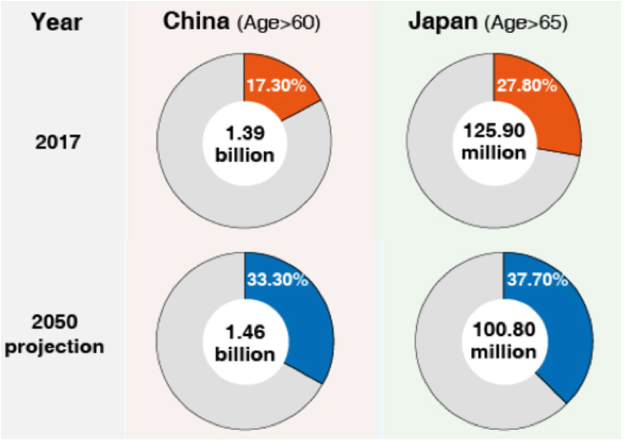
China’s IoT industry: an essential sector for the development of smart devices
The growth of the smart personal safety device market is partly correlated and due to the huge development of the IoT (Internet of Things).
According to a GSMA (Global System for Mobile Communications Alliance) market study, China’s IoT industry is now driving the global market and about 960 million devices connected via cellular network represent 64% of global cellular connections.
Finding relevant figures about the market value and its future is a pretty hard mission. Most of the market experts give a wide range and estimate that China’s IoT industry should reach between 220USD and 610USD billion by 2020 with an average growth per year between 13% and 20%.
This seems not really precise, but one thing we can be sure about is that the skyrocketing China’s IoT industry and its popularity should bring a lot of other opportunities to leverage from, just as Omate did.
Listen to this episode here:







